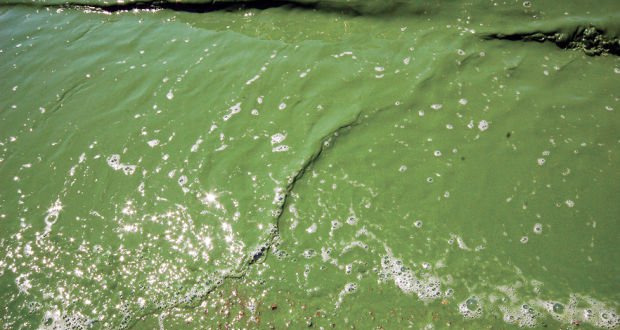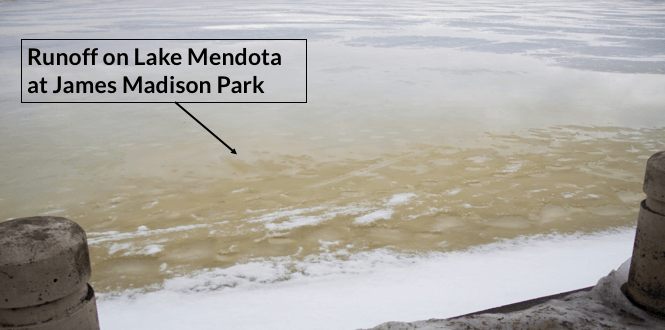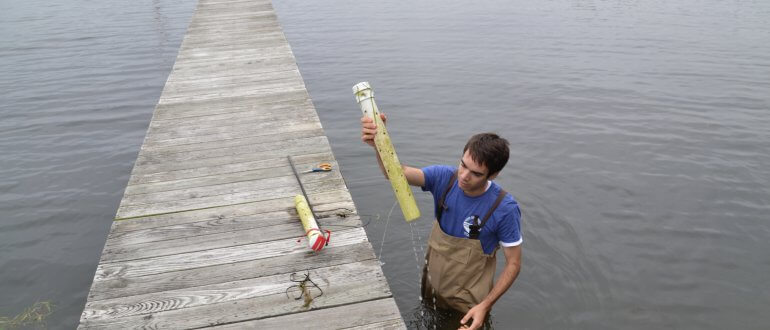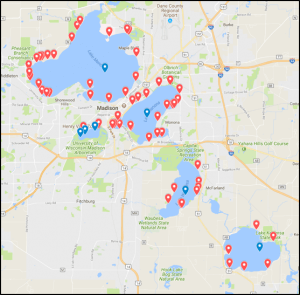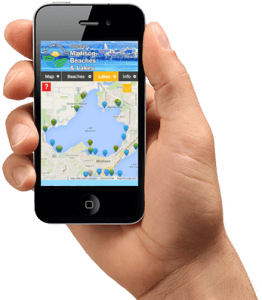A Wisconsin Department of Natural Resources study of sources of phosphorus pollution to the Wisconsin River has provided more information about human impact on this much-loved waterway.
Clean Lakes Alliance’s Director of Marketing & Development Adam Sodersten comments, “Most importantly it will take a transformational and cultural shift in how we approach lake health, like the societal shift to recycling and composting that took place decades ago.”
The Wisconsin Department of Natural Resources has a series of planned public meetings next month to discuss its draft study of the river between Lake Wisconsin and Vilas County.
To learn more about this study, read the State Journal’s article.
